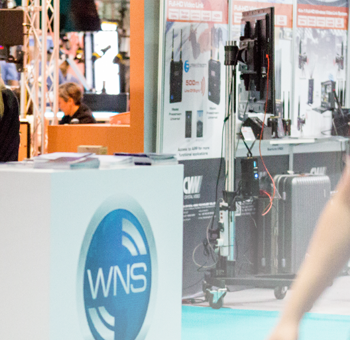
The Super Bowl Broadcast Challenge: OTT vs DTH
Sunday’s 52nd Super Bowl was a magnificent affair, covered in extreme detail by an impressive array of cameras, pundits, half-time entertainment (albeit with poor audio) and all the razzmatazz of an incredibly high-profile sporting event.
But for millions ‘watching’ via OTT, and in particular those viewing via a Hulu or PlayStation Vue system, there were some extreme technical issues. According to a Twitter report from Dan Rayburn, a speciality analyst at Frost & Sullivan, there were “major problems”, and Hulu later confirmed they had challenges too.
Rayburn added that some of the OTT feeds suffered significant latency delays, and by the end of the game these had stretched to two minutes behind the live transmissions over satellite and on ‘conventional’ broadcast network TV.
The sad fact is that some OTT users suffered the self-same problems at Super Bowl 2017. There is inevitably latency when a signal has to be ‘bounced’ from two or more satellites to a far-distant destination on the planet, but the OTT industry promised – as it did in 2016 – to improve and eliminate buffering and latency glitches. A few seconds is tolerable. Two minutes on a sports game is not.
The other worry is that the numbers, while expected to be well up on 2017 number of users, were only a fraction of the estimated 110 million+ viewing ‘live’ signals in the US.
There were other problems, not least a 30-second ‘blank screen of death” caused by an NBC equipment failure. In other words, there are a million things that can go wrong with any complex live transmission. Indeed, it is a miracle that problems occur so very rarely. But two minutes of latency? That needs addressing.
- On 11th February 2018


